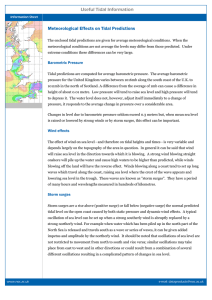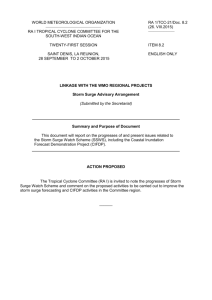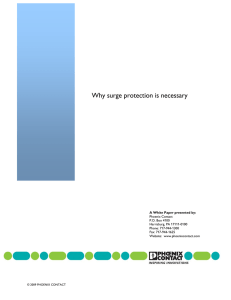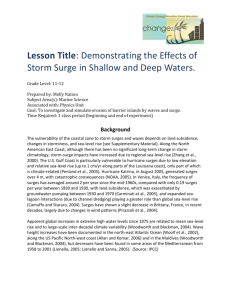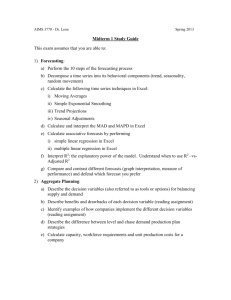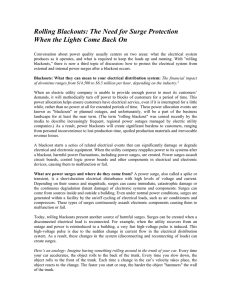(1)
advertisement
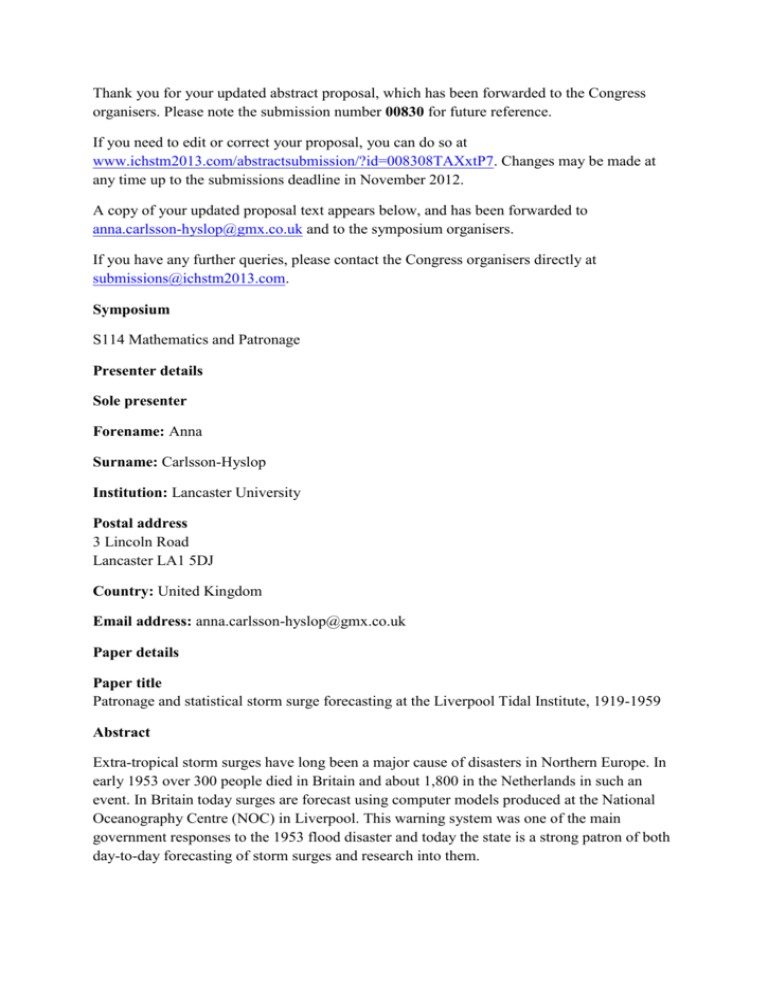
Thank you for your updated abstract proposal, which has been forwarded to the Congress organisers. Please note the submission number 00830 for future reference. If you need to edit or correct your proposal, you can do so at www.ichstm2013.com/abstractsubmission/?id=008308TAXxtP7. Changes may be made at any time up to the submissions deadline in November 2012. A copy of your updated proposal text appears below, and has been forwarded to anna.carlsson-hyslop@gmx.co.uk and to the symposium organisers. If you have any further queries, please contact the Congress organisers directly at submissions@ichstm2013.com. Symposium S114 Mathematics and Patronage Presenter details Sole presenter Forename: Anna Surname: Carlsson-Hyslop Institution: Lancaster University Postal address 3 Lincoln Road Lancaster LA1 5DJ Country: United Kingdom Email address: anna.carlsson-hyslop@gmx.co.uk Paper details Paper title Patronage and statistical storm surge forecasting at the Liverpool Tidal Institute, 1919-1959 Abstract Extra-tropical storm surges have long been a major cause of disasters in Northern Europe. In early 1953 over 300 people died in Britain and about 1,800 in the Netherlands in such an event. In Britain today surges are forecast using computer models produced at the National Oceanography Centre (NOC) in Liverpool. This warning system was one of the main government responses to the 1953 flood disaster and today the state is a strong patron of both day-to-day forecasting of storm surges and research into them. However, how have such disasters been made into the concerns of British scientists and the British state? When the NOC’s predecessor, the Liverpool Tidal Institute (TI), was established in 1919, its work was funded primarily by the local shipping industry. Their work on forecasting surges was done to improve the accuracy of the tidal predictions these patrons used. Only after a flood event in 1928, when 14 died in central London, did TI’s surge work become about preventing flooding and was funded by local government actors. In the interwar period central government repeatedly refused to fund work into storm surges, seeing it as a local concern. Only after the 1953 event did central government become the main patron of storm surges forecasting research. The patronage mattered for TI’s science and I will discuss this in relation to their work on statistical surge forecasting and the researcher’s background. During the First World War the mathematician Arthur Doodson (1890-1968) worked in one of Karl Pearson’s statistical laboratories at University College London and with ballistics calculations. Doing this he developed new technologies of calculation. After the war Doodson moved to TI, where his use of calculating machines, the (then new) technology of multiple regression statistics, and methods for managing large numbers of calculations and human computers were combined with the Cambridge-style mathematics of Joseph Proudman (1888-1975). Together Doodson and Proudman changed how tidal predictions were calculated, aiming to make these more ‘accurate’, for example by introducing changes to tidal prediction machines and by forecasting surges. Presentation support requests [no information provided]

